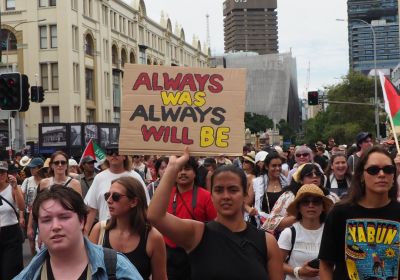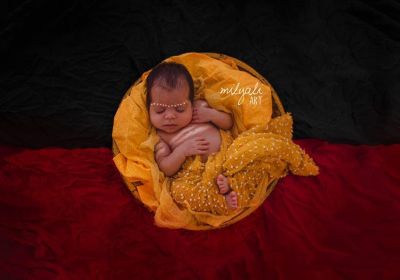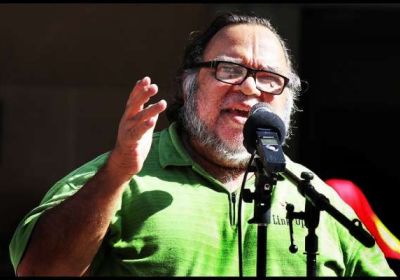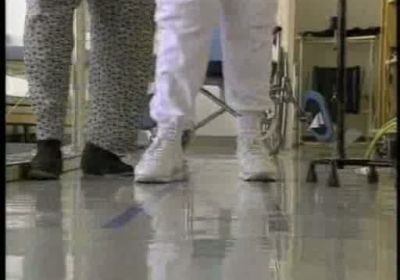
The Productivity Commission reported that the gap between First Nations peoples and the rest of the population had widened on four key social indicators. Peter Boyle reports.

The Productivity Commission reported that the gap between First Nations peoples and the rest of the population had widened on four key social indicators. Peter Boyle reports.



